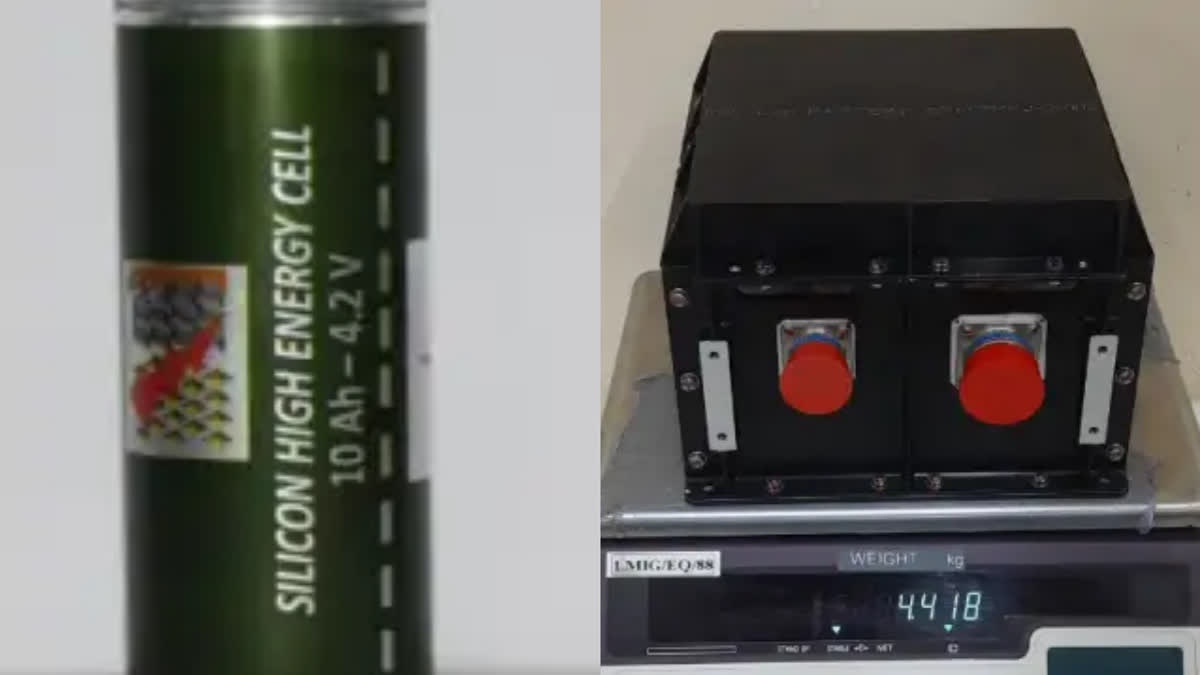Bengaluru: ISRO on Friday said it has tested a new kind of battery cell which is more efficient and costs less than conventional ones. The national space agency said it has qualified 10 Ah Silicon-Graphite-anode based high energy density Li-ion cells as a low weight and low cost alternative to conventional ones being used currently.
The flight demonstration of the cells as a battery was also successfully completed by powering a resistive load onboard the POEM-3 platform of PSLV-C58, launched on January 1, the space agency said in a statement. "Based on the confidence gained through this performance, these cells are poised to be used in upcoming operational missions where 35-40 per cent battery mass saving is expected. The system finds application both in space and ground use," ISRO added.
The on-orbit voltage, current and temperature values of the battery were acquired through telemetry and found to match well with the predictions, it said.
Compared to conventional Li-ion cells which use pure graphite as anode material, this cell uses Si-Graphite composite as anode material. This helps in accommodating more Lithium ions for a given unit mass of anode material and thus improves the energy density of the cell.
